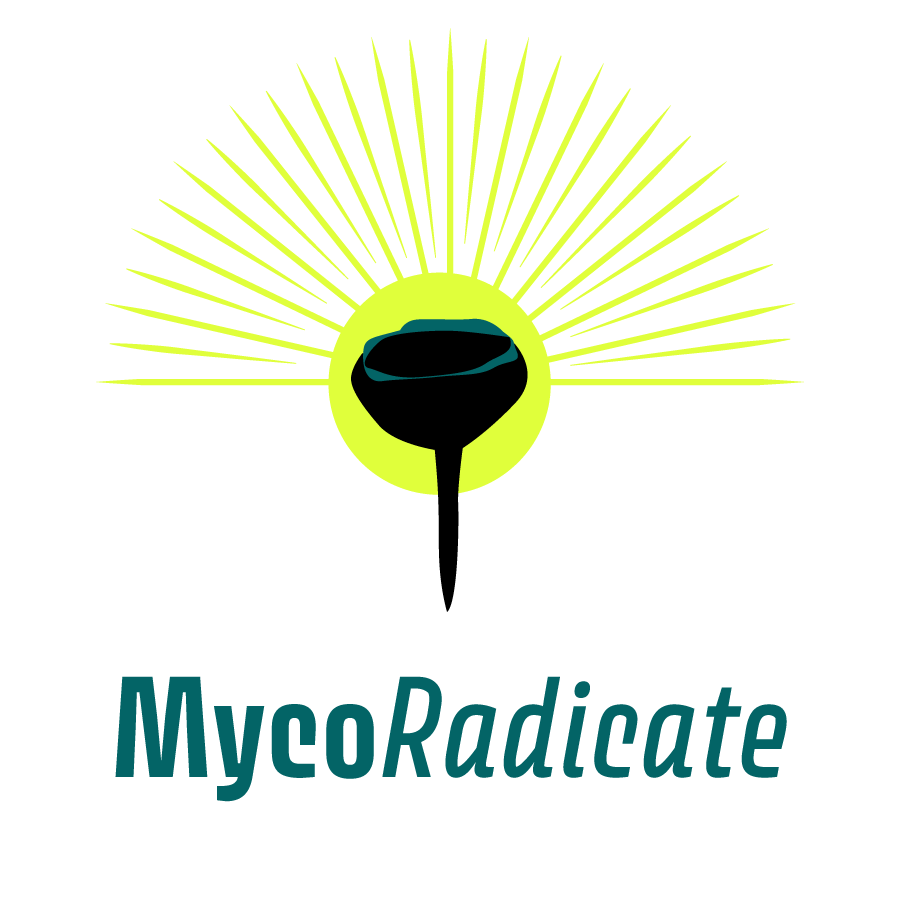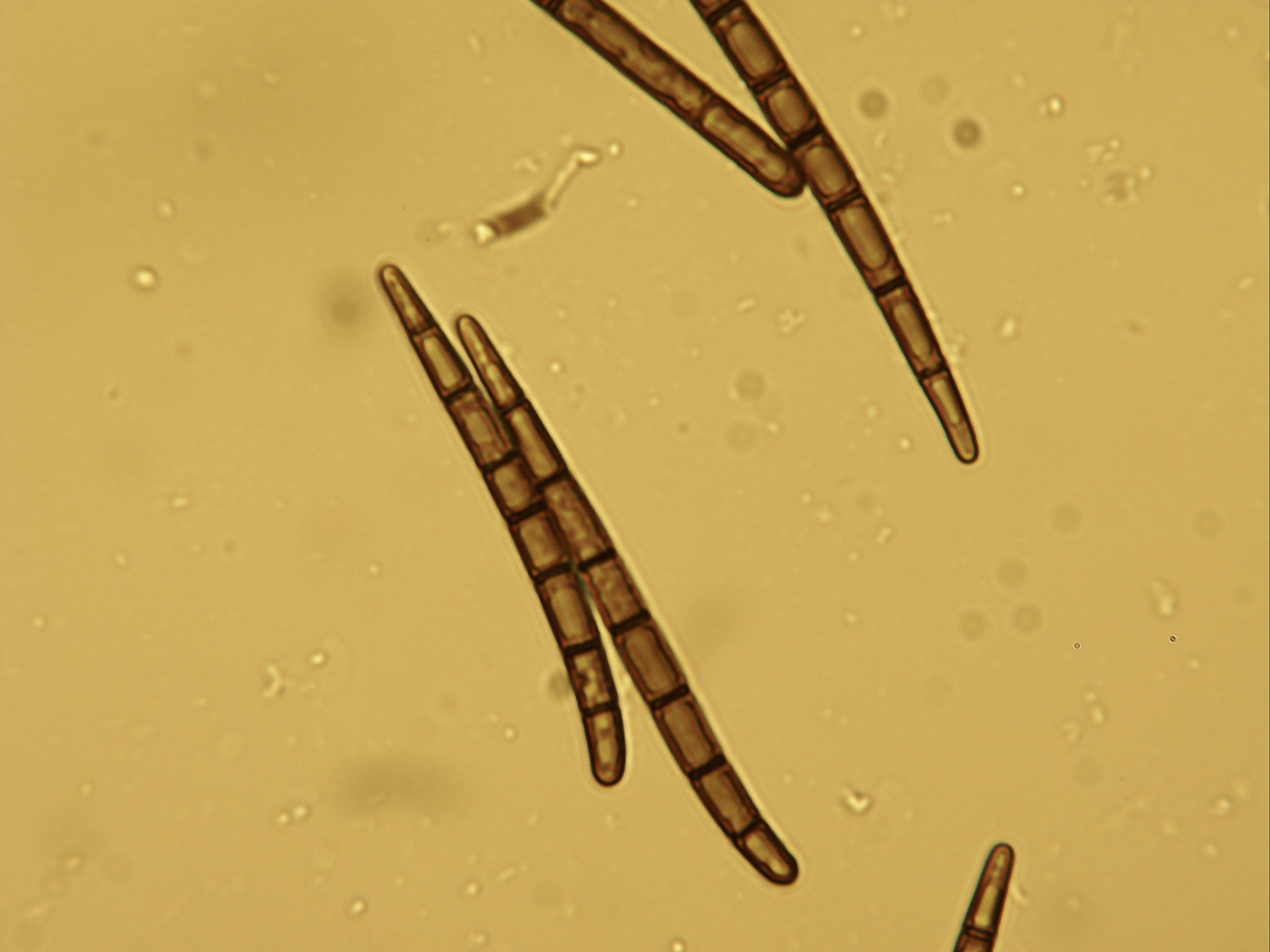
fungagraph
Foray Log 127.2022 - Northern Oregon Coast
Foray Log- Northern Oregon Coast, January 27, 2022
Diana and I decided to take a day together and look for ectomycorrhizal connections and winter fungi growing along the coast. We were looking for signs of the hyphae that would have capped the root ends of trees and made their way into the wood wide web. On our first stop we spent a lot of time discussing what habitat we were standing in and how to identify trees. We were standing in a Cedar, Western Hemlock and Spruce forest, with old growth stumps as big as yurts. Beside all of the slash piles we found the Western Hemlocks used old fallen and decaying logs as their nursery, while the Cedar did not.
Cedar is one of those trees that does not foster an ectomycorrhizal connection with fungi. So as we looked at the fungi that was present in this forest we began to see the connections in a whole new light. The spongy forest floor was
Foray Log 25.2022 - South Central Oregon Coast
Foray Log- South Central Oregon Coast, February 5, 2022
Scouting out new territory to mushroom hunt is always an adventure. If you have never been to a place before, it is hard to know exactly what you are getting yourself into. My friend Beth and I decided to get way out of town and go explore about 4 hours south of our forests into the south Siuslaw, Elliot State Forests, and BLM land off the Umpqua River. We researched the area with a mix of google maps, OnX maps, BLM maps, state forest maps, blog posts, newspaper articles and observations on iNaturalist. We were on the hunt for Black Trumpets, Craterellus cornucopioides, in the Tanoak forests of southwestern Oregon.
Beth came to my house at 6:45 where we packed up our gear, enough food for a few days and spirit ready for adventure. We had not been out to the woods together for months, maybe even a year and we finally made it work
Mushroom Paper
When I was about 10 years old I was gifted a paper making set complete with a deckle, blotting papers, an instruction book, sponge and an extra screen. I ripped up junk mail and newspapers and created my own paper with infused flower petals. 28 years later, I still have that trusty tool and the skills I developed as a kid and decided to put my knowledge to work with fungi. I wanted to make paper out of fungi, something I could use mushroom pigments to paint on and eventually use in larger art projects.
A Fairy Forest
I took a last minute trip to the coast with my oldest teenager to spend the day with him before he had archery class. We walked around my favorite coastal forest and found Hydnellum peckii and the little mycoheterotroph, Hemotomes congestum. Our forest exploration led us to the sweetest little fairy forest someone had built out of forest debris next to a cluster of H. congestum. We explored their little village and spent all the time we had building on to the village.
More than a Sporeprint
When I come home from a foray where I gather specimens to study, the first thing I do is try and get a spore print. I lay out as many 3x5inch index cards as I have species of mushrooms and write the date, place and a description of each mushroom on the card. Then I add a glass slide to my card and put the mushroom on top of that slide. This way the spore print will be deposited on the slide and I can look at the spores within an hour or so.






